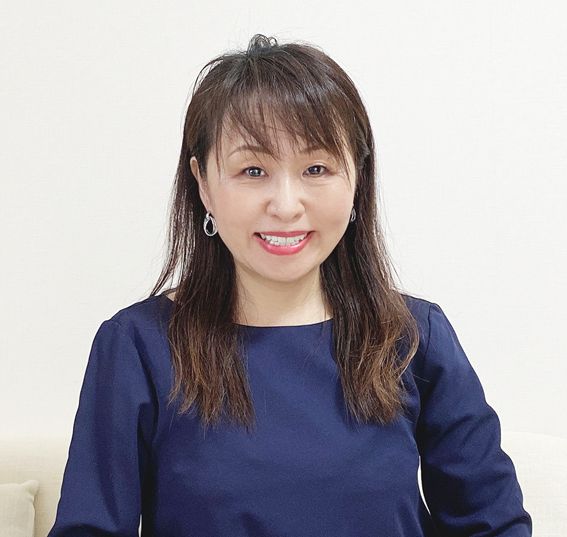略歴 富山大学 研究者プロファイル
出身大学・大学院
1989年3月 北海道大学 薬学部 製薬化学科卒業
1991年3月 北海道大学大学院 薬学研究科博士前期課程薬学専攻修了
1994年3月 北海道大学大学院 薬学研究科博士後期課程薬学専攻修了
職務経歴
1993年10月 日本学術振興会特別研究員
1995年4月 富山医科薬科大学 和漢薬研究所 臨床利用部門 助手
1996年10月 富山医科薬科大学 和漢薬研究所 附属薬効解析センター 助手
2007年4月 富山大学和漢医薬学総合研究所 附属民族薬物センター薬効解析部 助教
2010年6月 富山大学和漢医薬学総合研究所 附属民族薬物センター薬効解析部 准教授
2017年4月 富山大学和漢医薬学総合研究所・病態制御研究部門・神経機能学分野 教授
2020年4月 富山大学和漢医薬学総合研究所・研究開発部門・病態制御分野・神経機能学領域 教授
研究テーマ
部門
分野
領域
プロジェクト
研究の概要
神経変性疾患や老年性疾患の克服を目指し、治療と予防を実現する画期的な治療薬を見出すことと、病態を制御する生体の仕組の解明に取り組んでいます。薬理学、神経科学、和漢薬学的視点から、かつ、基礎研究から臨床研究までを行っています。
現在の主な研究対象は、アルツハイマー病、脊髄損傷、サルコペニアです。それぞれモデル動物を用いて、治療効果の高い薬物を和漢薬から見出し基礎研究から臨床研究まで併行して進め、製品化につなげているものもあります。また、なぜそれ等薬物が効くのか、その分子機序を詳細に調べることで、これまで知られていなかった生体分子の同定にも繋げています。さらに、神経系だけを抽出して研究するのではなく、神経系と末梢臓器間の制御システムの存在に興味をもっており、例えば骨格筋から分泌される分子のうち、神経機能を正に制御する分子、負に制御する分子それぞれの存在を明らかにしています。
研究テーマ
・中枢神経における神経ネットワーク再構築を促進する分子機序の解明
・アルツハイマー病、脊髄損傷、サルコペニアに対する根本的治療を目指した和漢薬研究
・骨格筋が中枢神経の機能制御に及ぼす分子基盤の研究
・基礎研究を植物性医薬品開発、漢方方剤の効能拡大に繋げるための臨床研究の実施、およびレギュラトリーサイエンスへの貢献
研究への想い
"こんなことが解かったら、こんなことがもし可能だったら、人がより良く幸せに生きていくことにつながるのではないか"、というような想像をよくします。想像で終わればただの妄想ですが、それらの漠然とした想像を、具体的な問いの形に整理して、どうしたら科学的に探索したり証明したりできるだろうかを考え抜いて、そして、実験して試してみることができれば”研究”になります。荒唐無稽な仮説でもいい、どうせやるなら、面白くて新しくて役に立つことを明らかにしたい、そんな想い・スタイルで私は研究をしています。実験の新しいやり方をひらめいた時、予想もしなかった結果が出てきた時、遠い遠いゴールに”少し近づいた!”と思える進展があった時、研究をする人生を選んで良かったと心から思います。
病気になっても治る、病気にならないですむ、そんな未来が訪れるように、薬の研究、神経の研究をしていきます。
論文
Yang X. Tohda C. Diosgenin restores memory function via SPARC-driven axonal growth from the hippocampus to the PFC in Alzheimer's disease model mice. Molecular Psychiatry (2023) 28(6):2398-2411.
Nagase T. Tohda C. Skeletal muscle atrophy-induced hemopexin accelerates onsetof cognitive impairment in Alzheimer's disease. Journal of Cachexia, Sarcopenia and Muscle (2021) 12:2199–2210.
Kodani A, Kikuchi T, Tohda C. Acteoside Improves Muscle Atrophy and Motor Function by Inducing New Myokine Secretion in Chronic Spinal Cord Injury. J Neurotrauma. (2019) 36(12):1935-1948.
Tohda C, Yang X, Matsui M, Inada Y, Kadomoto E, Nakada S, Watari H, Shibahara N. Diosgenin-rich Yam extract enhances cognitive function: A placebo-controlled, randomized, double-Blind, crossover study of healthy adults. Nutrients (2017) 9(10):1160.
Tohda C, Urano T, Umezaki M, Nemere I, Kuboyama T. Diosgenin is an exogenous activator of 1,25D3-MARRS/Pdia3/ERp57 and improves Alzheimer’s disease pathologies in 5XFAD mice. Scientific Reports (2012) 2:535.
キーワード
神経変性疾患、認知症、脊髄損傷、神経回路修復、植物性医薬品










